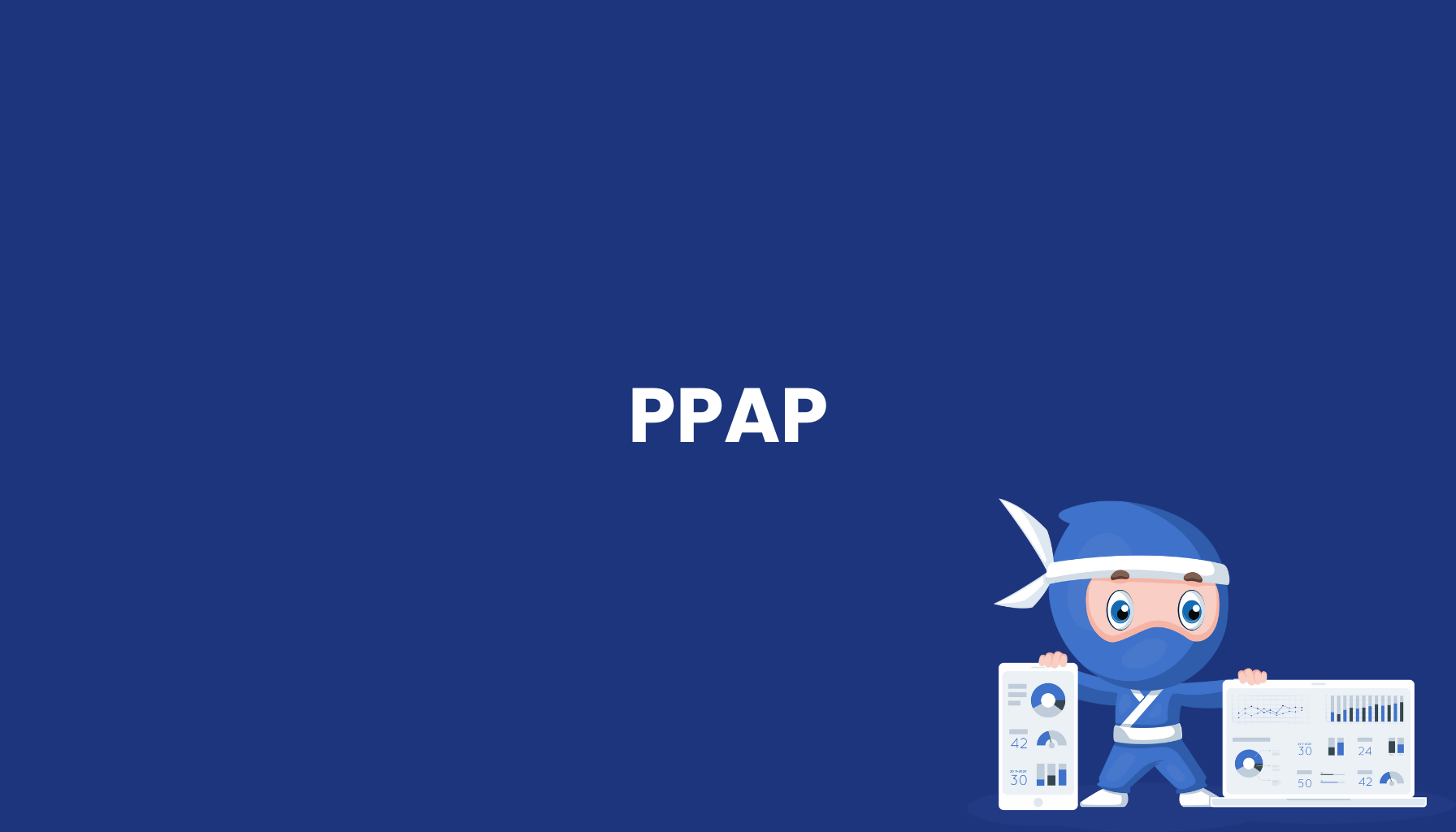PPAP (Production Part Approval Process)

Definition
PPAP (Production Part Approval Process) is a standardized quality assurance process that ensures suppliers meet requirements for production parts before they are approved for serial production. This systematic approval process validates both product design and supplier production capability through comprehensive documentation and testing.
PPAP Levels and Requirements
The PPAP process consists of five different levels (0-4) applied based on risk assessment and customer requirements. Level 0 requires only a supplier declaration, while Level 4 encompasses complete documentation of all 18 PPAP elements plus sample parts and test reports.
The 18 PPAP elements include design records, engineering change documents, customer engineering approval, Design Failure Mode and Effects Analysis (DFMEA), process flow diagrams, Process FMEA, control plans, measurement system analysis, and dimensional results.
Modern PPAP processes integrate digital document management systems for efficient approval workflows and automatic status tracking.
Quality Assurance Benefits
- Risk Minimization: Systematic validation prevents quality issues before series production
- Supplier Qualification: Comprehensive evaluation of production capability and quality systems
- Cost Avoidance: Early problem detection reduces expensive rework and production failures
- Compliance: Fulfillment of industry-specific quality standards and customer requirements
- Documentation: Complete traceability for audits and liability issues
Applications and Industries
Automotive Industry: PPAP is the industry standard for all production parts in vehicle manufacturing. Tier-1 suppliers must obtain PPAP approval for every new part or process change before serial delivery begins.
Aerospace: Critical safety components require extended PPAP documentation with additional material certificates and traceability. AS9145 standard supplements PPAP requirements for aerospace applications.
Medical Technology: Medical device suppliers use PPAP-like processes to validate production procedures according to FDA regulations and ISO 13485 requirements.
Electronics and Semiconductors: Complex electronic components require comprehensive PPAP documentation to ensure functionality and long-term reliability.
Digital PPAP Implementation
Manufacturing Execution Systems enable digital PPAP workflows with automatic data collection from production. Quality data is directly transferred from measurement systems into PPAP reports, reducing manual errors and processing times.
Cloud-based platforms connect suppliers and customers for collaborative PPAP processing with real-time status updates and automatic approval notifications.
PPAP Elements in Detail
Essential documentation requirements include dimensional inspections, material testing, performance test reports, and production capacity verification. Statistical Process Control (SPC) documents process stability over a defined period.
Creating meaningful control plans defines critical process parameters and inspection methods for serial production.
PPAP Management Best Practices
- Early Planning: Consider PPAP activities during the development phase
- Supplier Integration: Close collaboration throughout the entire PPAP process
- Digitalization: Automated data collection and electronic workflows
- Continuous Improvement: Integrate lessons learned into future PPAP processes
Future Developments
Artificial intelligence supports PPAP evaluation through automatic data analysis and risk classification. Blockchain technology ensures immutable PPAP documentation for long-term traceability.
PPAP evolves into a proactive quality assurance tool that systematically advances supplier development and continuous improvement.


